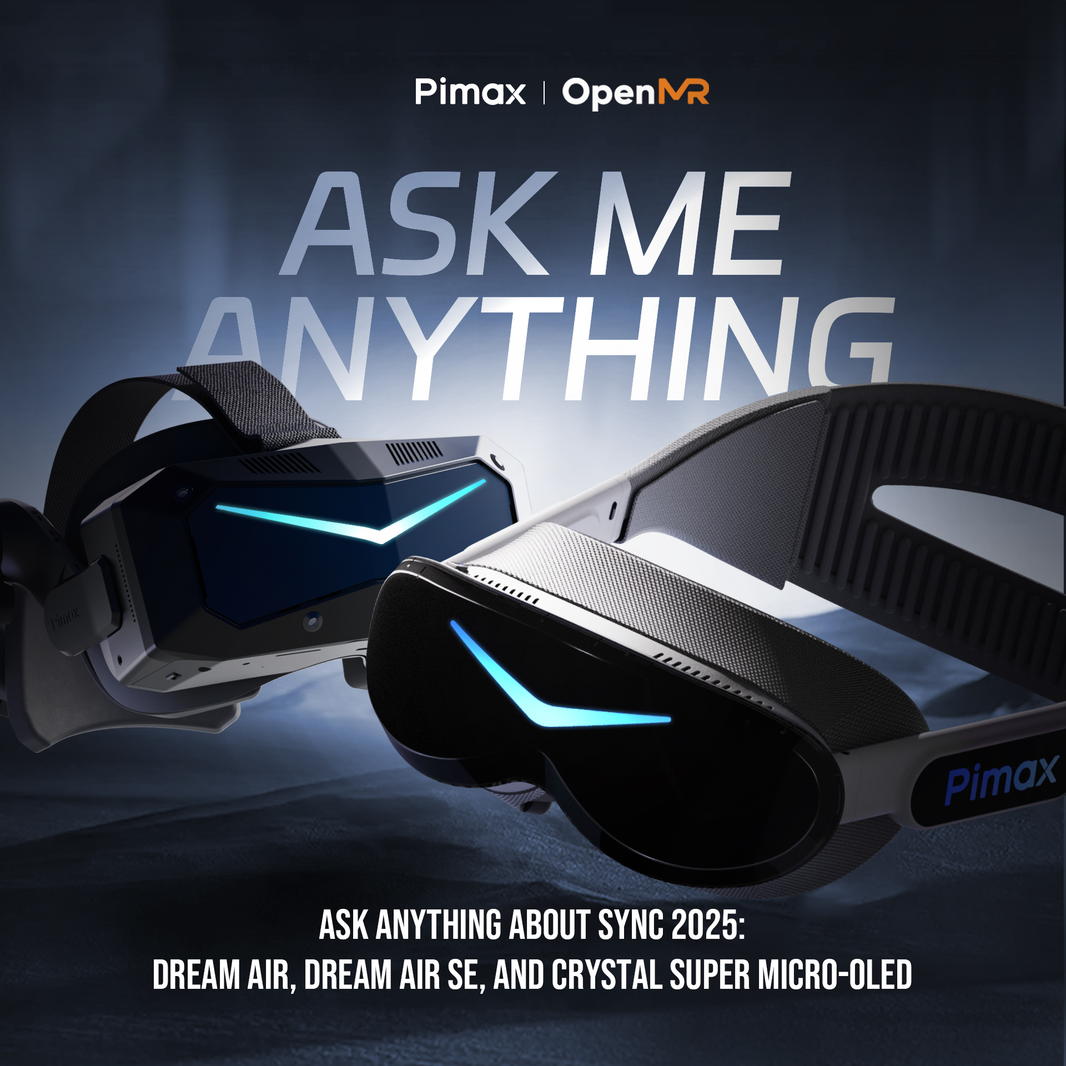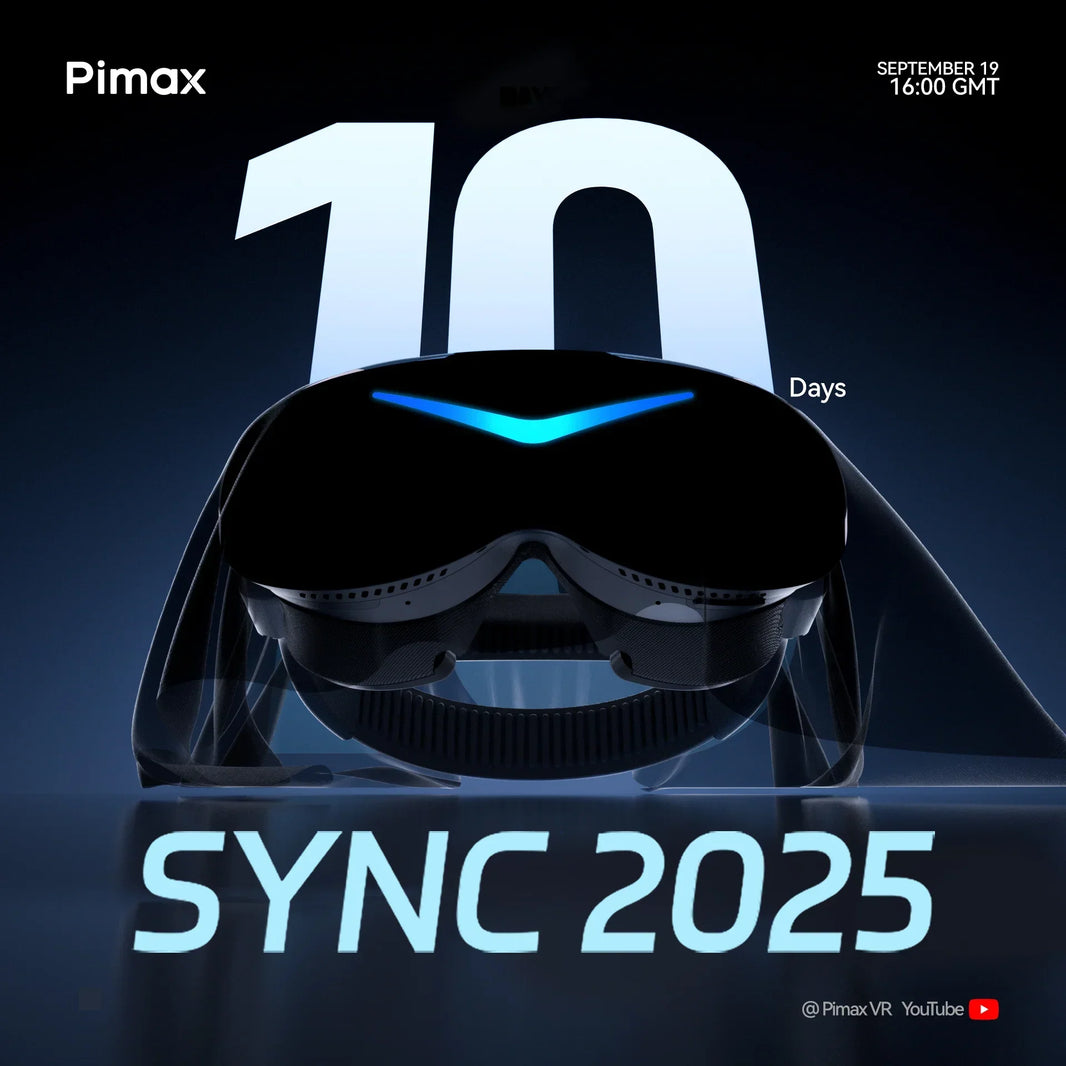It may be common knowledge now that VR is a perfect match for not only flight sims, but also vehicle-based sims.
I hope that this article will be useful to both those who have experienced VR and those who have not.
My first VR was the Oculus Rift CV1, which is now an antique, but even so, the feeling I had when I first put it on was incredible.
Because of the parallax, if it's a passenger plane you can clearly see the difference in the protrusion of the glare shield and the distance to the instruments, and if it's a fighter jet you can tell which plane is narrow and which is wide.No matter where you look you can see the scenery in the sim, and the overwhelming immersive feeling of three-dimensionality, which is an experience that you can't get on a desktop monitor.
There are practical benefits as well.
Parallax makes it easier to grasp the space. For example, even during normal flight, it is easier to grasp the sense of distance and spatial changes (aircraft movement), which improves maneuverability, and even aircraft without radio altimeters can easily measure the difference in altitude from the ground, making it easier to determine the timing to touch down on the runway.
For small aircraft such as the PA-28 and C172, which do not require much attention to the instruments, VR was far easier to fly than a desktop monitor.

However, the Oculus Rift at the time had some problems: its resolution was so low that the gauges were completely unreadable.
All I could do was determine how much the attitude indicator was tilted and get a rough idea of the position of the altitude indicator needle, but most of the basic information displayed on the PFD, such as speed and altitude, and in the case of a fighter jet, the MFD letters and switch labels, were blurred and impossible to read.
In flight sims, you have to read information from the same instruments as in a real aircraft and pilot the aircraft, so there's no giant HUD like in a typical shooting game.
However, if you can't read the instruments, you can't pilot a plane satisfactorily, and if it's a fighter jet, it's difficult to even engage in a proper battle. In the case of a passenger plane, you can't read the characters from the CDU input before the flight, so you have no choice but to give up.
From these experiences, I personally believe that the most important thing when playing flight sims in VR is "resolution."
After that, for a while you will use the normal monitor when you want to fly by reading the instruments (such as IFR or modern DCS aircraft), and the VR when you want to fly with an emphasis on the scenery (such as VFR).

I had been thinking that it would be great if we could combine the immersive feeling of VR with the visibility of a display, and in recent years VR with high-resolution displays has come on the scene.
When I experienced it, I was overwhelmed with emotion for the second time.
I can clearly distinguish the instruments and operate the aircraft appropriately. There is no inconvenience. Furthermore, the high resolution makes it easier to distinguish the ground, reducing the effort required to find the airport/runway.
In particular, in a sim like MSFS, there are a large number of ground objects and the terrain is generally similar in color, so it can be difficult to find the runway at low image quality, but this is not the case at all with high-resolution VR. A truly ideal landscape spread out before me.
I was once again convinced that resolution is an essential element for flight sims.
However, high-definition VR was generally priced at over 300,000 yen.
It may be a small amount for an oil tycoon, but it's a huge amount for the average person. 300,000 yen is enough to build a high-spec PC.
There are a variety of VRs available now. The most popular entry-level models are the Meta Quest 3 and PICO 4 Ultra. These VRs are inexpensive and offer sufficient performance for playing regular VR games. However, the resolution is still not enough to play flight sims satisfactorily. However, high-resolution VR is expensive... I was conflicted.

This year, the Pimax Crystal Light was released, which has the same resolution, lenses, and display as VR headsets in the ¥300,000 range, but at a significantly lower price of around ¥150,000, half the price.
It's definitely a good value for the money, as it offers the same performance at half the price. It also has enough specs to play flight sims satisfactorily.
I've actually used it, and the image quality is comparable to that of cameras in the 300,000 yen range, and in many ways it even outperforms them in terms of color reproduction.
Currently, the Pimax Crystal Light is the only product that meets the requirements of "high resolution suitable for flight sims" and "high cost performance," and it is the product we most recommend.

Of course, even entry-level VR can be an exciting experience.
However, with high-resolution VR you can enjoy the entire flight sim from end to end, so as a flight sim enthusiast I think high-resolution VR like Pimax Crystal Light is the most recommended.
We have also uploaded a video showing the Pimax Crystal Light in action, so we hope you will find it useful.








